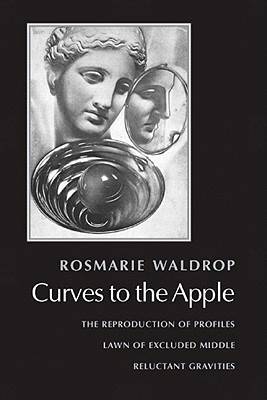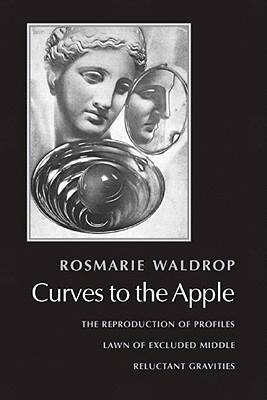
- Afhalen na 1 uur in een winkel met voorraad
- Gratis thuislevering in België vanaf € 30
- Ruim aanbod met 7 miljoen producten
- Afhalen na 1 uur in een winkel met voorraad
- Gratis thuislevering in België vanaf € 30
- Ruim aanbod met 7 miljoen producten
Zoeken
Curves to the Apple
The Reproduction of Profiles, Lawn of Excluded Middle, Reluctant Gravities
Rosmarie Waldrop
Paperback | Engels
€ 22,45
+ 44 punten
Omschrijving
Rosmarie Waldrop's Curves to the Apple brings together three highly praised and influential titles: The Reproduction of Profiles, Lawn of Excluded Middle, and Reluctant Gravities. Though originally published separately, these prose poems have always been intended as a loose trilogy of thought and feelingor of thought manifested as feeling. The author comments: "Just as the title Curves to the Apple combines the organic and geometry (not to mention myth and history of science) the poems navigate the conflicting, but inextricable claims of body and mind, especially the female body and feelings in a space of logic and physics. The poems could all be called dialogic, reaching out across a synaptic (sometimes humorous) gap to a possible 'you' (though it may be rhetorical, another point of view in the same mind). But while the 'I' dominates the first two volumes, the third gives both voices equal space and chance."
Specificaties
Betrokkenen
- Auteur(s):
- Uitgeverij:
Inhoud
- Aantal bladzijden:
- 272
- Taal:
- Engels
Eigenschappen
- Productcode (EAN):
- 9780811216739
- Verschijningsdatum:
- 17/09/2006
- Uitvoering:
- Paperback
- Formaat:
- Trade paperback (VS)
- Afmetingen:
- 155 mm x 230 mm
- Gewicht:
- 294 g

Alleen bij Standaard Boekhandel
+ 44 punten op je klantenkaart van Standaard Boekhandel
Beoordelingen
We publiceren alleen reviews die voldoen aan de voorwaarden voor reviews. Bekijk onze voorwaarden voor reviews.











